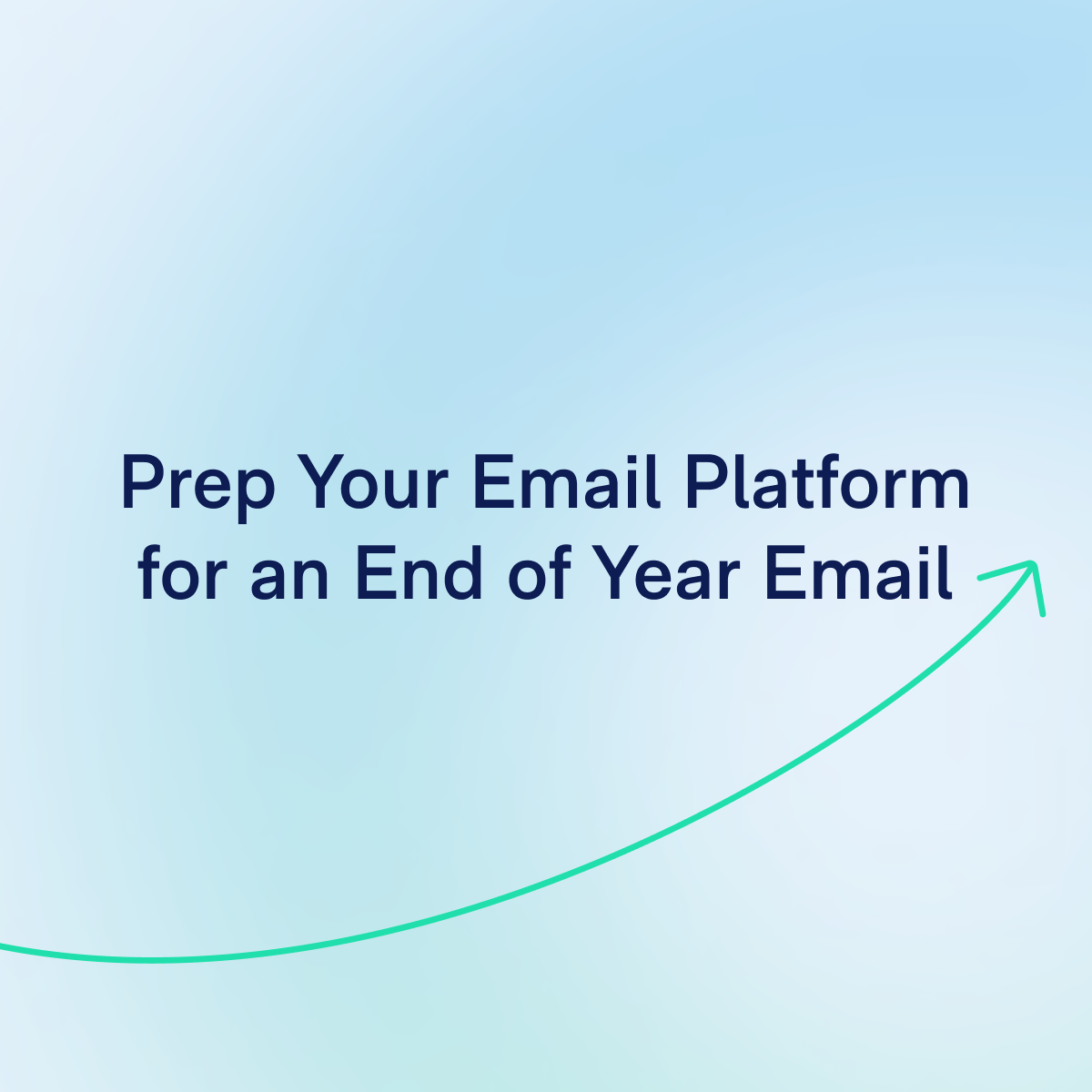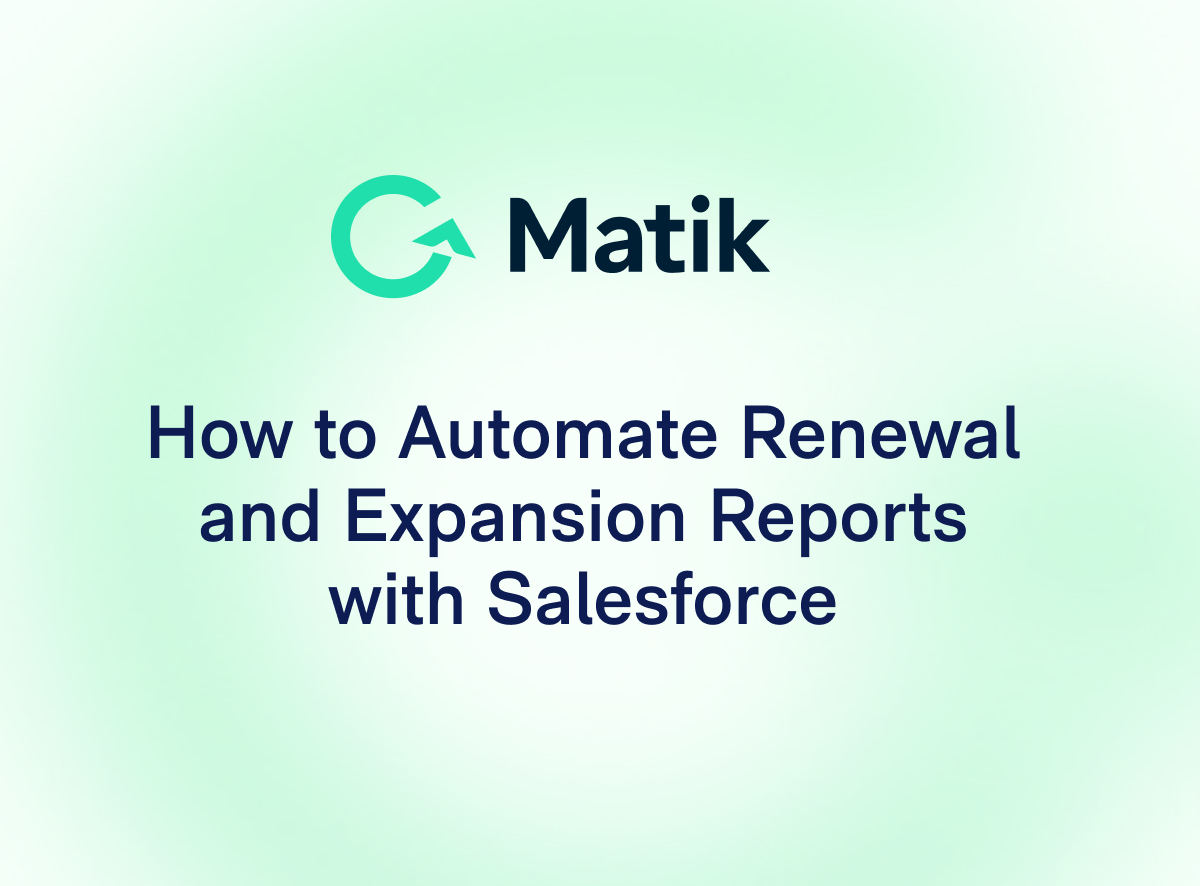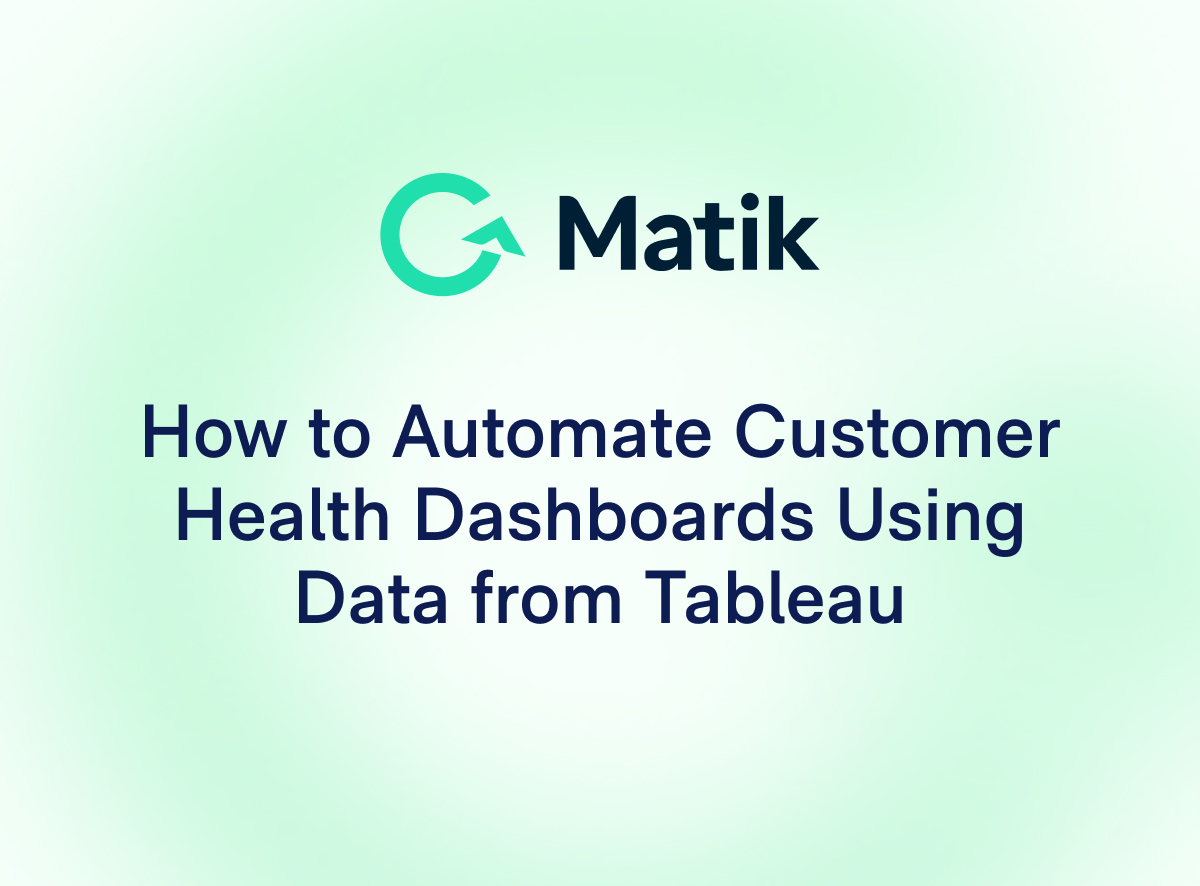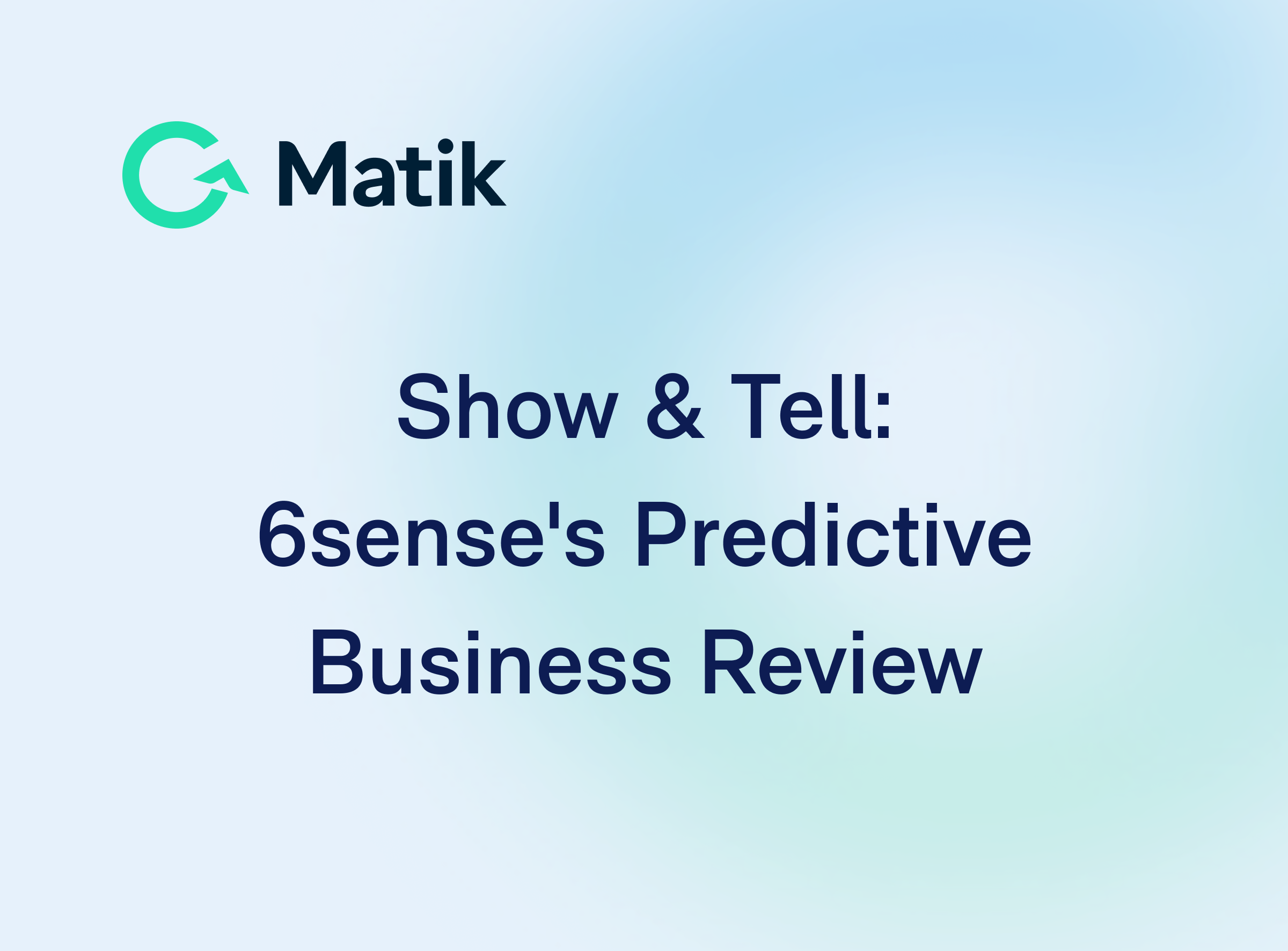Join Our Newsletter
Once your data is ready, the next step is prepping the email platform to send it out.
How are you getting the data in?
Generally you’ll have two options: bulk upload and syncing.
- Bulk upload is great for a one-time send and can be done by csv.
- Syncing is the ideal option as it allows you to use the most up-to-date data, and also sets you up for more frequent sends in the future.
- Syncing is likely to require an integration.
Regardless of which method you choose, you will still need to set up fields in the CRM for each data field you upload, which you will then add to the email as a merge tag. Merge tags are placeholders (aka variables) that you’ll type into the email to let the platform know where it should insert the field value for a customer.
How are you delivering the email?
The goal here is to optimize for engagement. Use previous email sends to optimize for engagement.
Pick a day and time that is deemed optimal based on previous email sends. Many email platforms offer the option to send in the recipient’s time zone. For example, if you pick 7 am, it’ll send at 7 am PT to those who live in that time zone.
Decide who the email will come from. Ideally, it should come from your front line, i.e. customer success managers. But if you are unable to set it up this way with your email platform, then a general email address will work. Make sure to edit the From Name field to something that highlights it’s from your company (ex. Matik Team instead of just Support).
How are you dev’ing the email up in the platform?
If your designer is HTML savvy, then lean on them to convert the email design into the platform. If not, there are many vendors who’ll convert your email design to HTML for a reasonable fee. You would then take the file they created and upload it to the email platform.
Bonus ways to make your email to stand out
- Add a table or chart. This will require some creativity to “fake” a table or chart, as email platforms don’t support sending personalized tables and charts at scale. One way to do this is create a static grid or a static chart and have the merge tags placed within them to make them seem personalized.
- Attach a personalized PDF. There’s only so much you can do in an email without overloading the customer. To dive deeper, create a PDF attachment with personalized content, including tables and charts.
--
Get the playbook on creating an end of year email, with step-by-step breakdown.
---
See Matik in Action—Request a Demo















